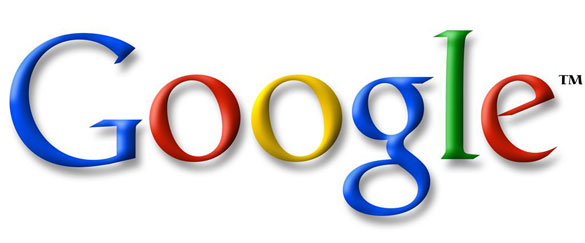The HEUI (Hydraulically Actuated Electronically Controlled Unit Injector)
Fuel System represents one of the most significant innovations in diesel engine technology in decades. HEUI surpasses many of the limitations of mechanical and conventionalelectronic injectors, and sets new standards for fuel efficiency,reliability and emission control.
Available as standard equipment on an ever-widening range of Caterpillar Engines and machines, the highly sophisticated HEUI system uses hydraulic energy instead of mechanical energy to operate fuel injectors. Working in tandem with the engine’s ECM (Electronic Control Module), the HEUI system provides extremely precise control of fuel metering and timing, resulting
in unmatched engine performance and economy.
Meeting the demand for lower emissions, better fuel economy and higher performance.
HEUI injector technology is changing the way equipment owners, technicians and operators
think about diesel engine performance. HEUI performance surpasses mechanical unit injectors and conventional electronic unit injectors, bringing new value to your investment in Cat Engines
and machines.
Precise injection pressure at any engine speed
In the traditional common rail fuel system, the entire fuel line is under high pressure.With the HEUI system, fuel remains at low pressure until it is injected into the cylinder.
Fuel pressure is created hydraulically in response to a signal from the Electronic Control Module (ECM).
![]()
Four basic components work together to bring precision, reliability and simplified maintenance to the HEUI fuel system.
Injection pressure in a HEUI fuel system is independent of engine speed.
HEUI controls injection pressure electronically. This unique capability means the regulation of injection pressure
is completely independent of crankshaft speed. Peak injection pressure can be achieved under acceleration and lug
conditions, providing better fuel economy, better response and reduced smoke.
A close look at the HEUI System
The HEUI fuel system consists of four basic components:
1. HEUI Injector Uses hydraulic energy (as opposed to mechanical energy from the engine camshaft) from pressurized
engine lube oil for injection. The pressure of the incoming oil (800 to 3300 psi) controls the rate of injection, while the
amount of fuel injected is determined by the ECM.
2. Electronic Control Module (ECM)
This sophisticated on-board computer precisely manages fuel injection and other engine systems. The HEUI injector solenoid is energized by an electronic signal generated in the ECM. Using input from multiple sensors, the ECM’s dual microprocessors use proprietary software and customer-supplied performance parameters to produce maximum engine performance under any conditions.
3. High Pressure Oil Pump The variable displacement axial pump features a built-in reservoir to immediately supply
oil at cold starts.
4. Injector Actuation Pressure Control Valve This electronically operated valve controls oil pump output and injection pressure.
HEUI brings new value to your engine and equipment investment. Improved response Engines equipped with HEUI injectors have outstanding response and improved high
altitude operation.
Improved fuel economy The ability to inject fuel at any crank angle results in up to 2.7 percent better fuel economy compared to scroll mechanical injectors. Optimum fuel economy also means reduced gaseous emissions and less white smoke during cold engine starts.
Optimum performance The control of fuel delivered during ignition delay and main injection, known as rate shaping, is made possible by the HEUI’s ability to operate independent of engine speed.
Rate shaping modifies engine heat release characteristics, which also helps reduce emission and noise levels. Rate shaping optimizes engine performance by varying the idle and light load rate characteristics independent of rated and high load conditions.
Reduced smoke and particulate emissions
Since the HEUI injector’s performance does not depend on engine speed, it can maintain high injection pressures through a wide operating range. Electronic control of these pressures helps improve emissions and low-speed engine response.
Reduced engine noise A split injection feature leads to a more controlled fuel burn and lower noise levels. Additional benefits include reduced shock loads as well as less wear and tear on drive train components.








